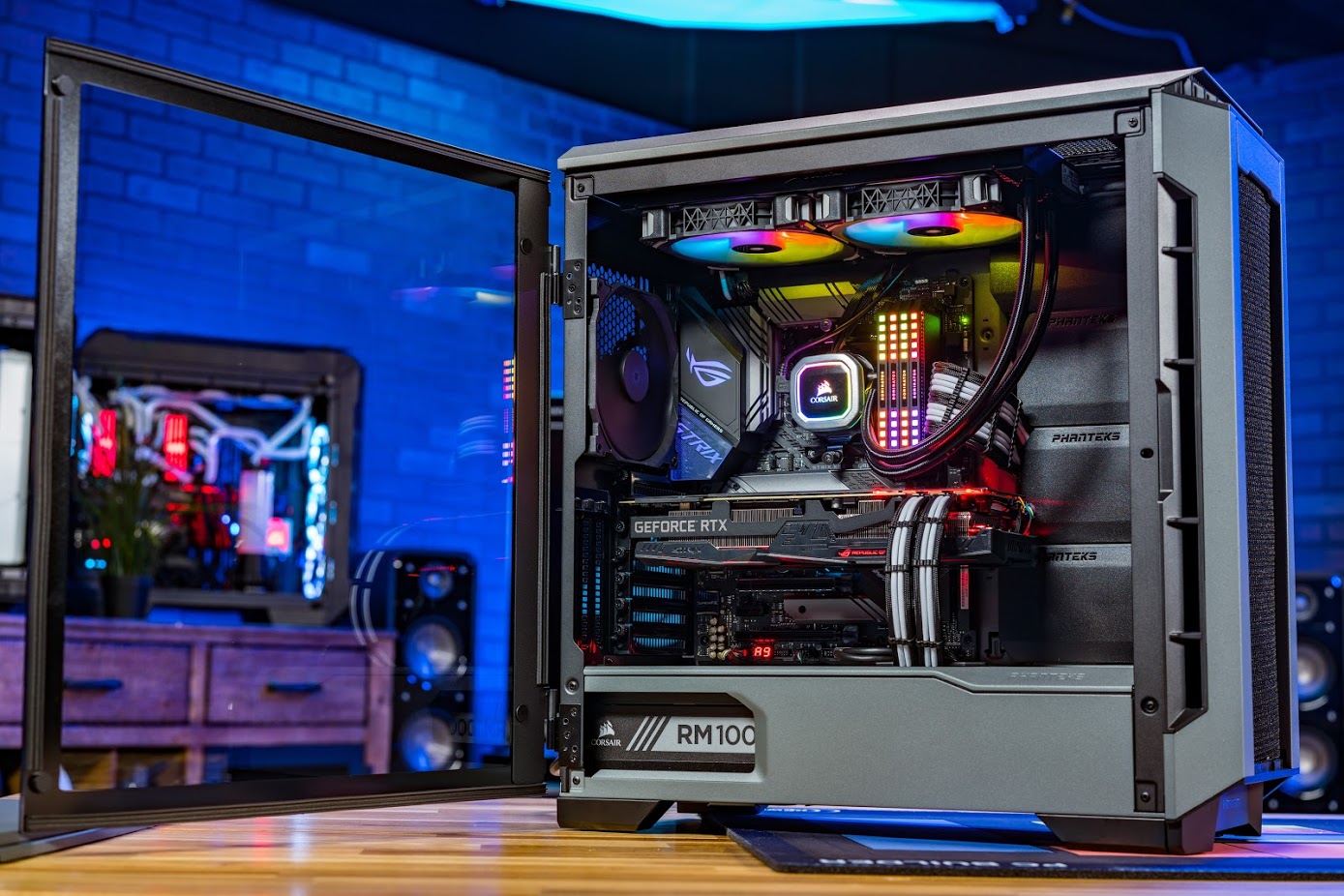Looking for a gaming PC? Get it at the best price with these tricks!
New year, new life – or so they say. If joining the gym every January is not your thing, perhaps your goal for the year may be buying a new gaming PC. Triple-A games are getting more and more hardware-hungry, and you probably won’t be able to stretch your good old i5 + GTX1080 much longer. So maybe it’s time to upgrade your rig and turn it into a real beast!
But wait! PC parts prices are still too high in 2023, and they don’t seem to be coming down anytime soon. Since 2020, GPUs and higher-performance processors are quite unaffordable, so you’ll have to find your way around to get a PC that’s up to snuff.
Don’t worry, though. Where there’s life, there’s hope, and you can still get a good PC at a reasonable price. These tips can help you build a solid rig without obliterating your pocket.
1. Choose whether you want to build your own PC or buy a pre-assembled PC
First things first. You need to consider whether you want a pre-assembled PC, or build it yourself. It may seem that buying an assembled PC would be more expensive than getting the parts separatedly and assembling them at home. After all, you would save on manual labor, wouldn’t you? Well… not really. This is almost never the case, and buying the individual parts separatedly will – as a rule of thumb – cost you slightly more.
Why is that? There are two reasons. For instance, many preassembled PCs are built by companies who buy the parts in massive numbers, thus lowering their price. Or maybe you’ll ask your buddy Joe from the store to assemble a PC for you, and, in this case, Joe will lower the price tag of the parts as long as you buy them at his shop.
All in all, this is why buying your PC part by part may cost you a little more. However, it definitely puts you in control. Plus, assembling a PC is a very fun thing to do. Ask Henry Cavill.
2. Focus your budget around the CPU and the GPU…
When buying parts for your PC, you should consider your budget – obviously – and arrange it around the CPU and the GPU… to some extent. Ideally, these two parts should take between 50% – 60% of your whole PC, since you will need the rest to buy all the other parts. Believe or not, the RTX4080 won’t work without a PSU, and let’s just say your CPU will be toast (quite literally) without a good refrigeration.
Let’s see an example. A CPU as popular as the Ryzen 7 5800X will cost around $400, while an RTX 3070 may cost $650, give or take. $500 more can get you a crappy PC case, a very slow RAM, some basic cooling and a low-end PSU, but you’d be too tight, even if you recycle your old SSD. If you give yourself more leeway and spend around $800 or $1000, you can get better parts an actually build a decent PC.
3. …but don’t skimp on the other parts. And don’t buy them second hand either!
Keep in mind that a PC is not only about the processor and the graphics card. One of the most common mistakes beginners tend to make is to bet it all on the best GPU card they can get, and then power it with a 500w PSU that will melt in less than a month. And don’t get me started on those who plug their high-end PC to a monitor with a 75Hz refresh rate!
Saving on these parts may end up costing you more, since not only will you have to replace them sooner rather than later, but also they may even damage – if not completely destroy – your CPU and GPU. For the same reason, you should not buy used parts either, since you have no way of knowing their actual condition and potential performance. If you are on a tight budget, buying cheap is not the right path. You better just buy a mid-range CPU and GPU, or wait a couple more months to increase your budget.
Keep track of prices… and consider alternative components
Electronics prices may fluctuate quite a lot depending on the availability vs. demand ratio of each part. That’s why you’ll want to keep track of the parts you’d like to buy. Platforms like CamelCamelCamel – yes, three camels – allow you to set up price alerts for each part. Plus, you can also check their historical price chart to give you an idea of what could be a fair discount – and what would be just a dream.
Keep in mind that some of the parts you had planned to buy may never come down in price. Yes, tech industry is cruel sometimes. This means you should always consider second and third options, so you can adjust your initial plan as you go along. If you can follow this shopping strategy for around 3~4 months, you can get yourself a top-of-the-line PC for much lower than you think!
